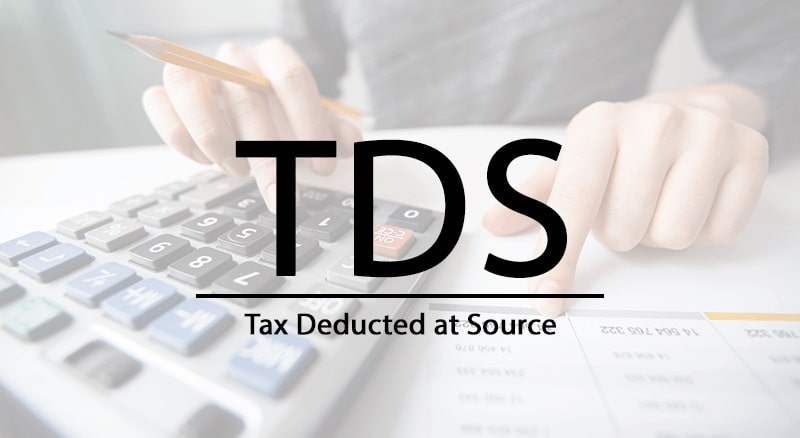In India, Tax Deducted at Source (TDS) is crucial for all tax-paying individuals and businesses. However, the concept of TDS is often confusing to new taxpayers. This simple guide for beginners will help you understand the concept of what is TDS, its significance, its main provisions, compliance, and the impact of non-compliance. Knowing the basics and how it impacts you can make your tax filing much easier.
What is TDS?
TDS is the method of collecting tax by the Government of India directly from the source of income. Under the TDS system, a percentage of specified payments, such as salary, interest, rent, professional fees, etc., is deducted from the total amount paid or received as tax and then deposited with the government.

Importance of TDS
Ensuring Tax Compliance
TDS is an effective method for the government to ensure that revenue is collected from individuals and businesses according to the country’s tax laws. It helps to settle tax liabilities on time by deducting tax at the source.
Prevention of Tax Evasion
TDS reduces the possibility of tax evasion since it deduces tax when payment of service is made.
Steady Revenue Stream
TDS helps the government maintain a steady cash flow throughout the financial year. This steady flow of funds also enables better fiscal planning and public resources management.
Simplifying the Tax Process
TDS helps taxpayers ease the burden of the annual tax return process. As tax is already deposited in the form of TDS, the filing process is less complicated, and the assessee’s final tax liability is considerably reduced.
Key Provisions and Rates of TDS
TDS is applicable to various types of payments, including salaries, interest, rent, and professional fees. The TDS rates vary based on the nature of the payment. For example:
- Salary: As per the applicable income tax slab rates
- Interest on securities: 10%
- Rent for land or building: 10%
- Professional fees: 10%
How to Comply with TDS Regulations?
For Deductors
- Obtaining TAN: Apply for a Tax Deduction and Collection Account Number (TAN) through the NSDL website.
- Deducting TDS: Deduct TDS at the applicable rate when making payments.
- Depositing TDS: Use online payment methods to deposit the deducted TDS with the government by the 7th of the following month.
- Filing TDS Returns: File quarterly TDS returns using forms like 24Q (salary) and 26Q (non-salary).
- Issuing TDS Certificates: Provide the deductees with TDS certificates (Form 16 for salary and Form 16A for other payments).
For Deductees
- Checking TDS Deductions: Verify TDS deductions through Form 26AS on the Income Tax Department’s website.
- Claiming TDS Credit: Claim TDS credit when filing income tax returns by providing the details from Form 26AS.
- Resolving Discrepancies: If discrepancies are found in TDS credits, contact the deductor or file a complaint with the income tax department.
Consequences of Non-Compliance
Non-compliance with TDS provisions can lead to severe penalties and interest charges. Deductors may face fines for late deduction, deposit, or filing of TDS returns. Legal implications can include prosecution and imprisonment for willful defaulters. Non-compliance by deductors also negatively impacts deductees, as it can complicate their tax filings and result in additional tax demands.
Conclusion
Understanding and complying with TDS regulations is crucial for smooth financial management. By staying informed and proactive, individuals and businesses can avoid penalties, ensure timely tax payments, and simplify their annual tax processes. Embrace best practices for TDS management to contribute to a transparent and efficient tax system.
Anantha Nageswaran is the chief editor and writer at TheBusinessBlaze.com. He specialises in business, finance, insurance, loan investment topics. With a strong background in business-finance and a passion for demystifying complex concepts, Anantha brings a unique perspective to his writing.


